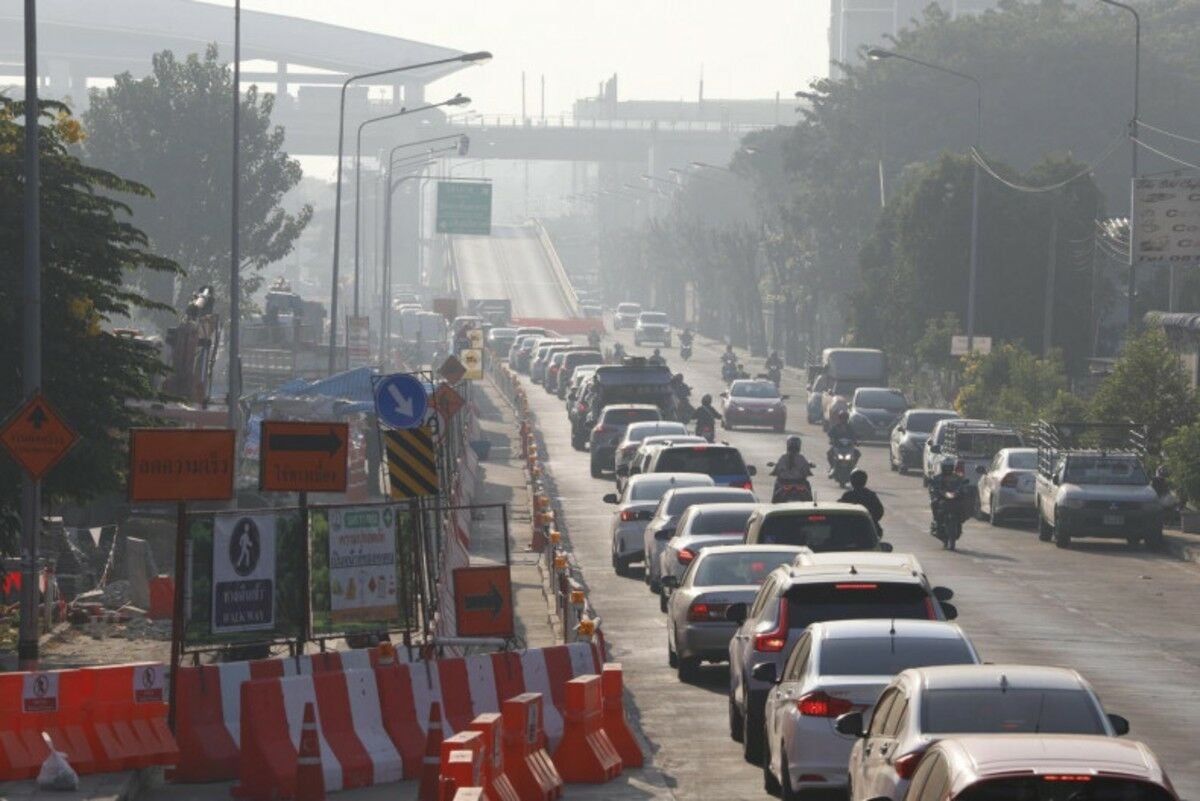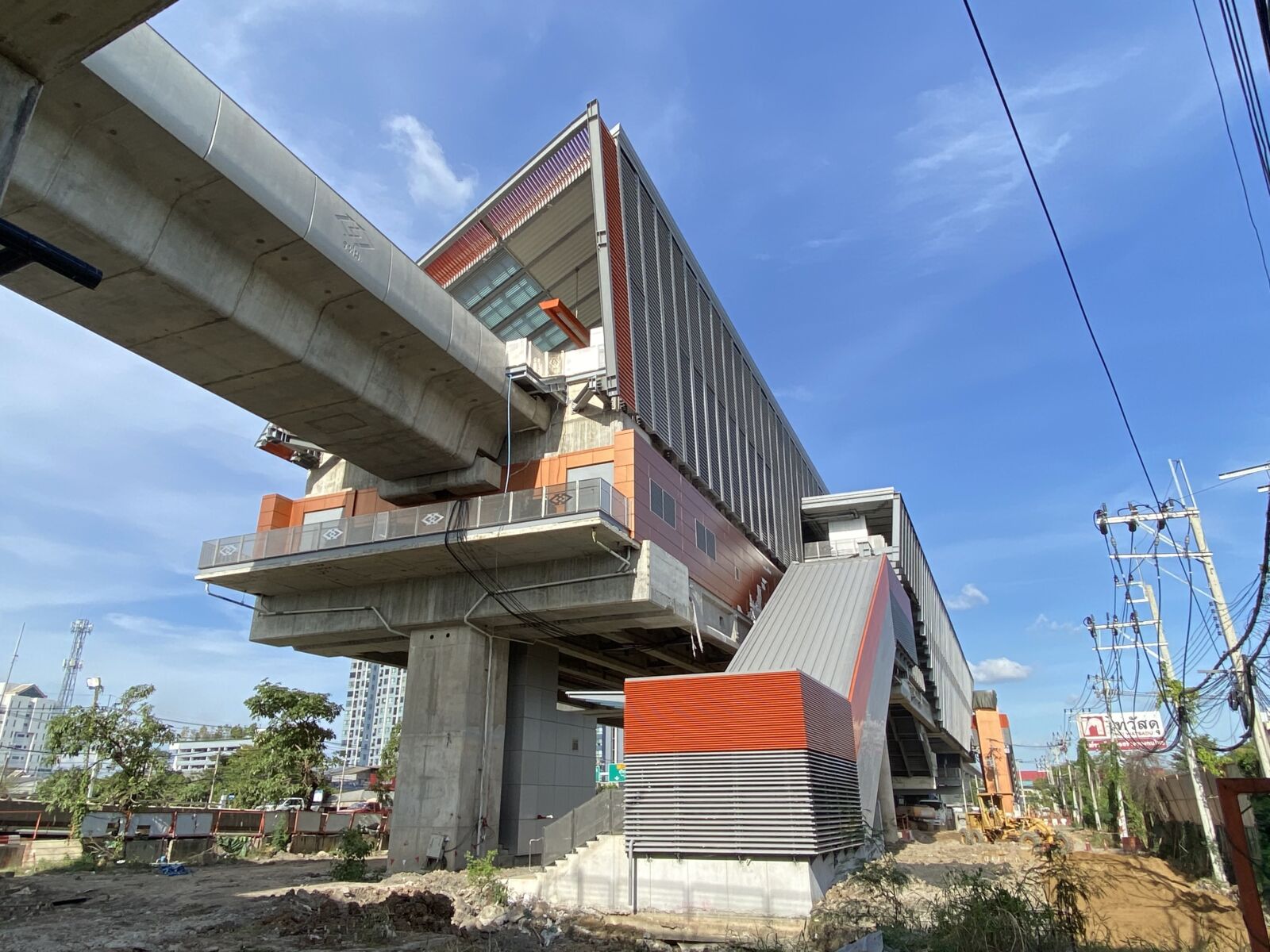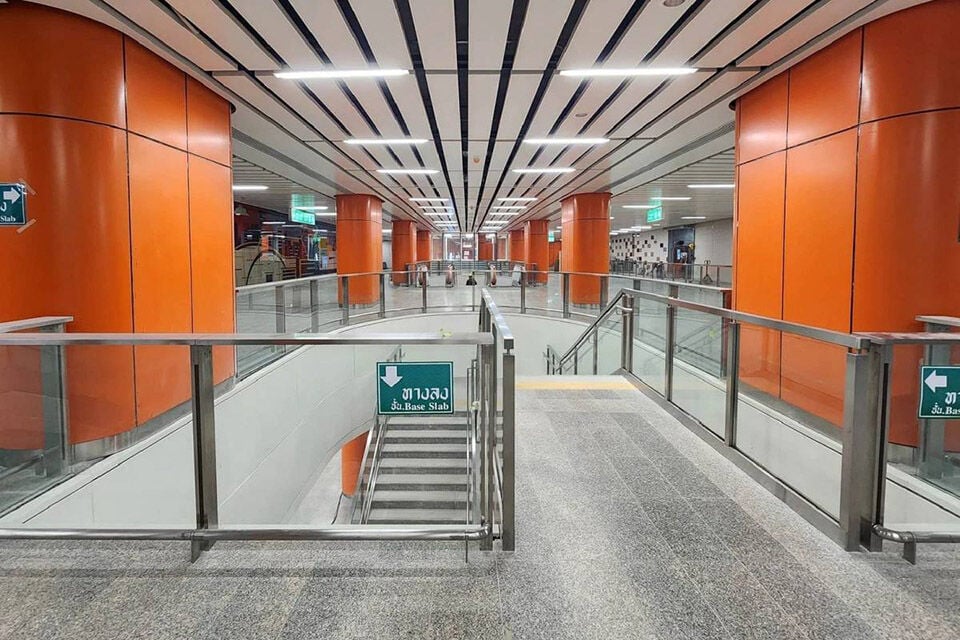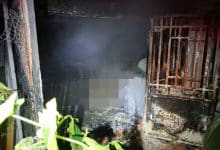Orange Line construction closes Bangkok flyover for two years

The flyover on Bangkok’s Charan Sanit Wong Road has been closed to facilitate the construction of the Orange Line electric railway. Motorists are advised to seek alternative routes to alleviate traffic congestion.
Mass Rapid Transit Authority (MRTA) Deputy Governor Kittikorn Tanpao announced the closure to accommodate the development of the Orange Line, specifically the Bang Khun Non-underground station. This station will be situated below the intersection where Charan Sanitwong Road meets Liap Thang Rotfai Taling Chan Road and Sutthawat Road.
The flyover was closed at 10pm on Monday, January 6, and is expected to remain shut for at least two years. Reconstruction is scheduled to begin in December 2026, with completion targeted for June 2028. During this period, only one inbound and one outbound lane will be available on Liap Thang Rotfai Taling Chan Road and Sutthawat Road.
To mitigate traffic disruptions, the MRTA has suggested alternative routes. Travellers from Ratchapruek Road heading to Siriraj Hospital can use Borommaratchachonnani Road, continue to Somdet Phra Pin Klao Road, and turn onto Arun Amarin Road to reach their destination.
Alternatively, they can opt for Phran Nok–Phutthamonthon Sai 4 Road, Phran Nok Road, and Wang Lang Road to access Siriraj Hospital.

For those travelling to Siriraj Hospital from Liap Thang Rotfai Taling Chan Road, a route via Chim Phli Road, Kaeo Ngoen Thong, and Soi Charan Sanitwong 35 is recommended, leading to the hospital via Wang Lang Road, reported Bangkok Post.
The MRTA emphasises its commitment to ensuring public safety while minimising environmental and traffic impacts.

In related news, the Transport Ministry is planning to initiate several significant public transportation projects early this year, pending approval from the Cabinet, to enhance national connectivity. Transport Minister Suriya Jungrungreangkit stated that the projects involve extending the State Railway of Thailand’s (SRT) Dark Red and Light Red lines and advancing the second phase of double-track upgrades in the north, northeast, and south.
Latest Thailand News
Follow The Thaiger on Google News:


























